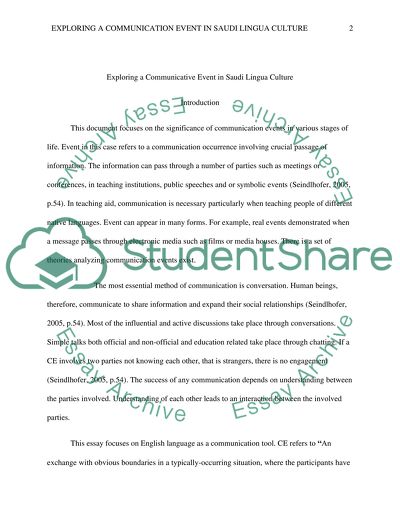Cite this document
(“Exploring a Communicative Event in Saudi Lingua Culture Essay”, n.d.)
Retrieved de https://studentshare.org/english/1447821-exploring-a-communicative-event-in-saudi-lingua
Retrieved de https://studentshare.org/english/1447821-exploring-a-communicative-event-in-saudi-lingua
(Exploring a Communicative Event in Saudi Lingua Culture Essay)
https://studentshare.org/english/1447821-exploring-a-communicative-event-in-saudi-lingua.
https://studentshare.org/english/1447821-exploring-a-communicative-event-in-saudi-lingua.
“Exploring a Communicative Event in Saudi Lingua Culture Essay”, n.d. https://studentshare.org/english/1447821-exploring-a-communicative-event-in-saudi-lingua.


